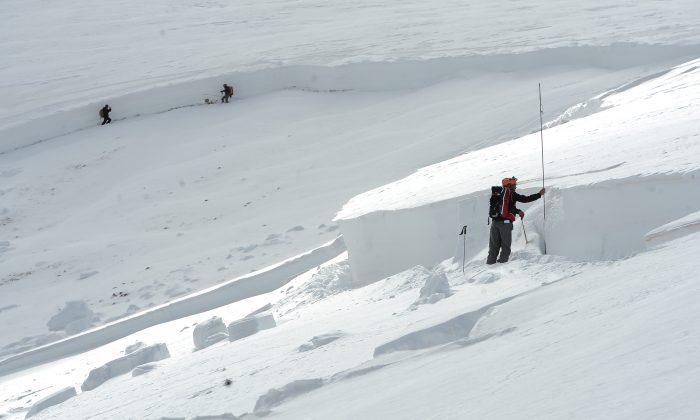As the season for sunscreen, beaches, and barbeques nears its end, snow, skis, snowmobiles, snowboards and hot chocolate take their places. The July 2013 tragedy on Mt. Hood, in which a snowboarder was killed, showed that backcountry and snow sports can be dangerous.
Few joys for the avid snow sportsman and woman surpass fresh snow powder. Yet every year avalanches and other accidents claim lives.
According to Dr. Karl Birkeland, Director and Avalanche Scientist at the National Avalanche Center, “The highest avalanche risk comes during snow storms, or immediately after.” The greatest snow conditions are during the highest risk.
Three simple steps help prevent these deaths.
1. Be knowledgeable of weather conditions.
Prior to going out, check weather conditions for any avalanche, or storm warnings, which may be found at www.Avalanche.org.
2. Be prepared.
“You need to go out with knowledge, hopefully having taken an avalanche safety course, and all the proper equipment - a beacon, probe and shovel” said Birkeland.
Check local outdoor recreation stores for local classes.
The American Institute for Avalanche Research and Education’s website provides a list, and description for what gear should be carried for safety purposes.
The Federal Emergency Management Agency links probability of survival to the amount of time spent buried under the snow. Prepare for the wait by having food, water, a first aid kit, and extra warm clothes with you.
3. Take a partner.
Having a buddy is always recommended in outdoor recreation, and can make the difference between life and death.
Always inform friends and family where you will go and when you expect to return.
“Be prepared to avoid avalanches, but know how to deal with them,” said Birkeland.






Friends Read Free